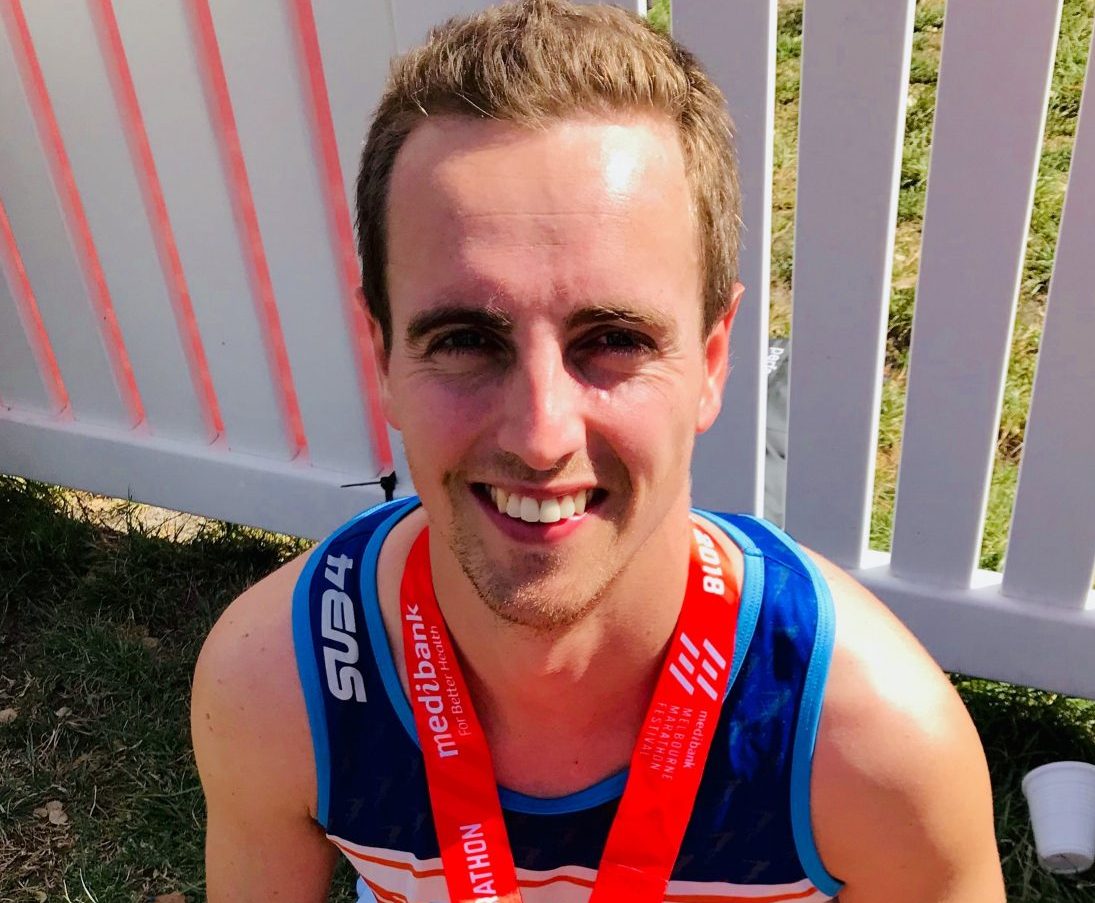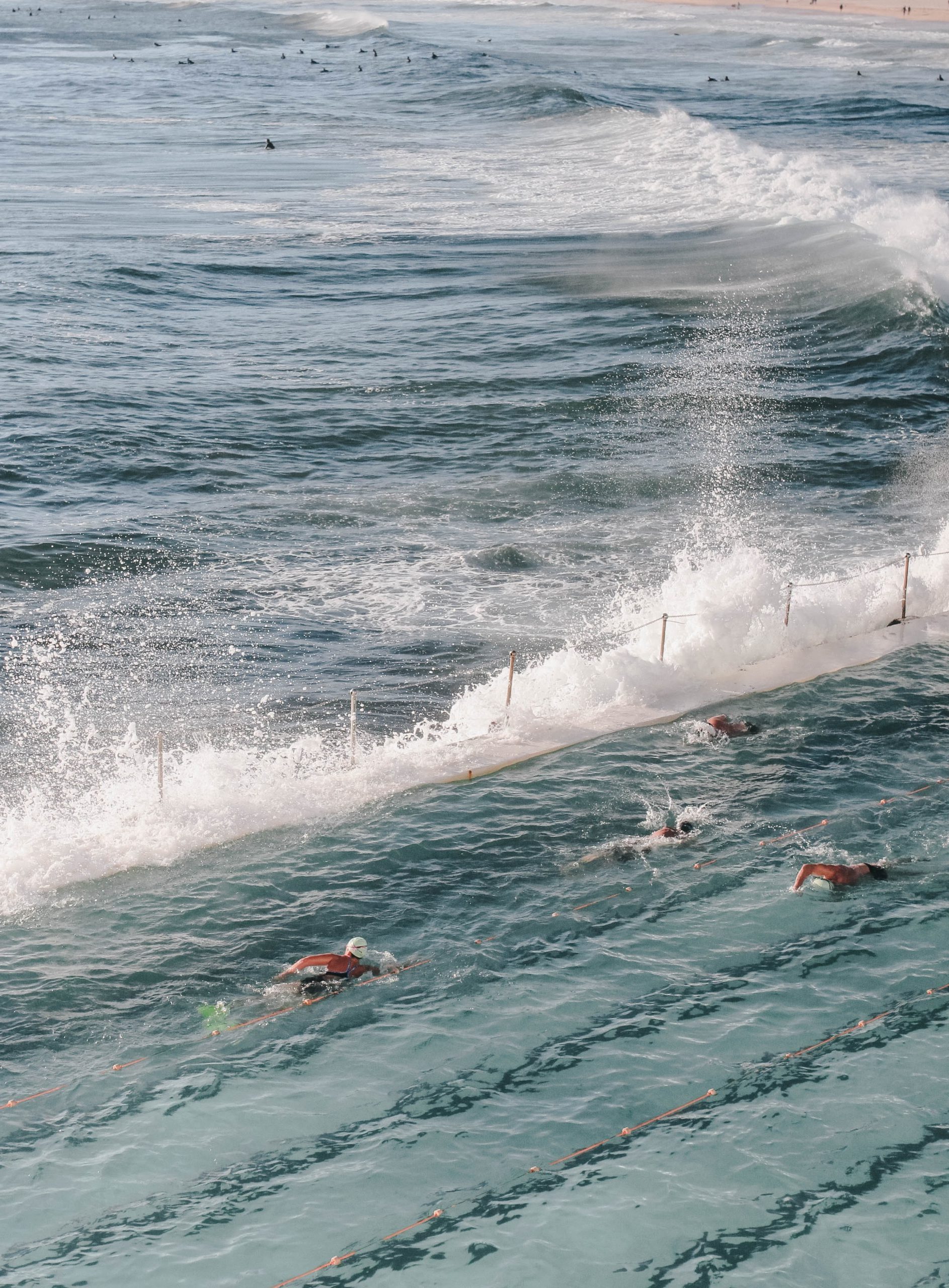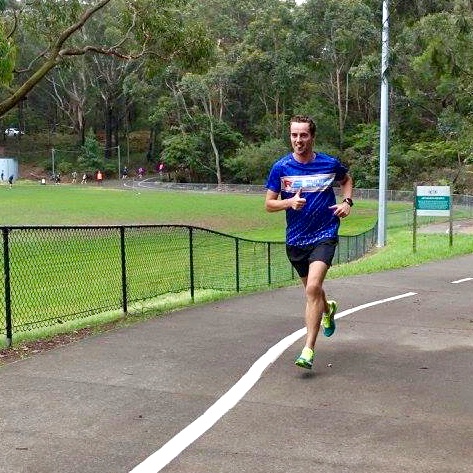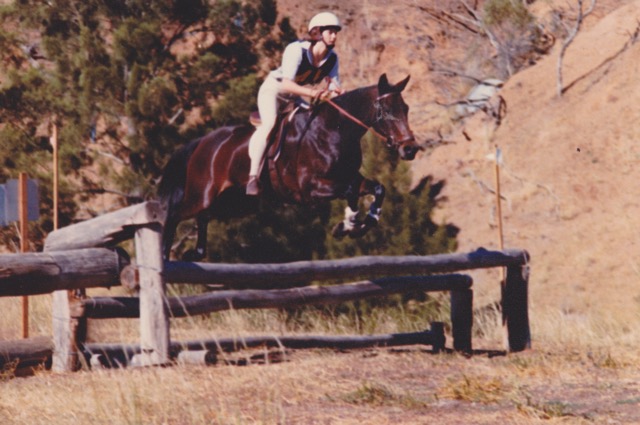It was Melbourne Marathon for a second straight year. Managing five sessions a week training was going well amongst other life challenges. The long runs were building slowly, and the hills were being introduced occasionally – all was well.
But then…
Over the course of a few days I noticed a mild grumbling in my left knee, slightly worse after a particularly long and hilly run. I didn’t think too much of it. However, I was down at my much loved Tunks park doing 1km intervals – and it was just as I finished the set that the pain set in – it was excruciating. Imagine a knife plunging into the outside of your knee – it’s probably the most pain I’ve ever had from running. I hobbled home feeling disheartened and concerned.
Now at this point I was five weeks out from the Marathon – and only one and a half weeks out from the Sydney Half Marathon – peak running period! I was in trouble.
I knew I had myself a case of iliotibial band friction syndrome (ITBFS) since I see it in clinic regularly. ITBFS is essentially when the thick band (the iliotibial band) running down the outside of your thigh becomes overused and tight, resulting in friction which compresses the bursa on the outside of the knee. A very common injury we see here at NSSM.
The sensible and easy decision here was to skip the half marathon, reduce training load, get conservative treatment, manage pain etc etc. I could have still made it to the start line of the marathon missing a chunk of training but race day goals would have to be modified 😞
But since I am a passionate runner, and therefore neither sensible nor easy – the option I took for the remainder of the program was a little more aggressive but still measured. This was with a view to perform better on race day.
I took immediate action. I booked a massage for that afternoon and then contacted my NSSM colleague, Sport & Exercise Physician Dr Louise Tulloh and she gave me a script for anti-inflammatories. These measures helped enormously to settle the bursa on the outside of the knee. Being a podiatrist working with quality specialist doctors in a Sports Medicine Centre has its perks 😉
Training could continue! However, it was still an uphill battle as distance and intensity of planned sessions was still increasing. Pain was manageable but still grumbling on long runs. Six days before the half marathon I sat down with Dr Tulloh for an injection opinion for the knee.
Now there are some injures you can run through (like this one) and some you can’t (eg. bone stress). An informed decision should always be made before considering an injection. ITB injures can hurt, but the risk of long-term damage is super low.
We progressed with the injection and…
Success! I ran the Sydney half marathon six days later in 77 mins, pain free with a 1 min PB!
This was great! The marathon was four weeks away. Dr Tulloh suggested I stay on the medication to reduce the risk of another flare up.
Let’s remember, typically when managing an injury like this we might suggest reducing running load by around 50% or to a pain score of no more than 2/10. This would include avoiding hills as these are the most provocative for an ITB injury. In my case I still had more training to do before taper.
The short of the next four weeks was I made it to the start line for the marathon in good shape. Training was complete – taper was nice. I was a little ‘beat up’ but in PB form. A warm and windy Melbourne morning prevented a PB on this occasion, but I was only 3 min off (2 hr 51 min). Not bad considering the journey, and no knee pain on race day.
Moving forward with ITB injuries, strength work is key and priority number one. In fact, all runners can benefit from strength work. As well as this, reducing an over-striding running technique is key – you can get checked out by a Sports Podiatrist or a specialist in biomechanics. Avoiding hills as mentioned and lots of foam roller and release work for those key running muscles are also effective tools.
So much can be learnt from experiences like this. I am even further experienced to help our runners manage their running programs and injuries while preparing for a race. Also working closely with Sport & Exercise Physicians is vital.
Many thanks to Dr Tulloh for her help during this campaign. As for me, it’s time to consolidate and plan for the next one!
Sports Podiatrist





